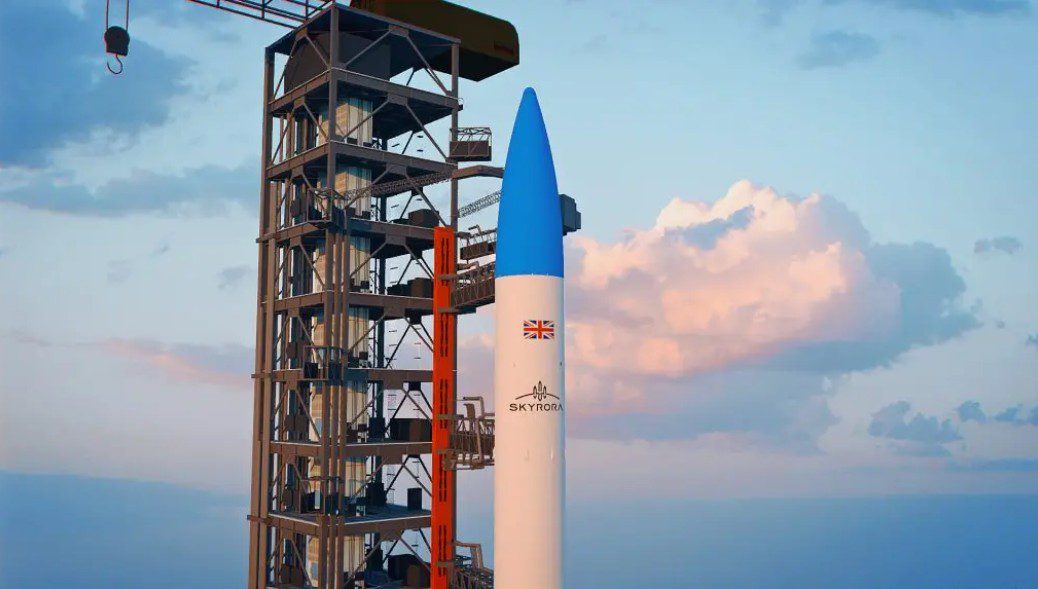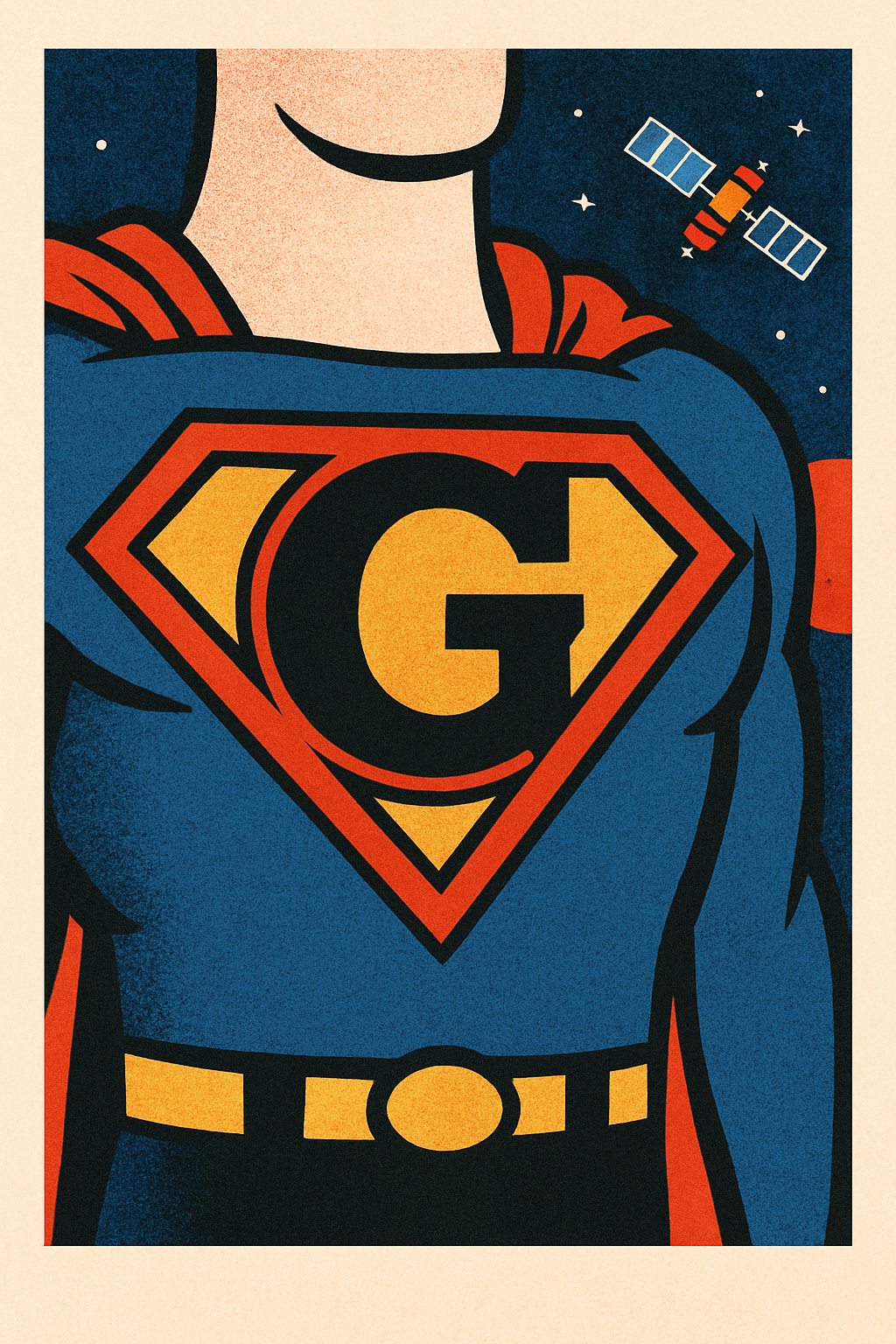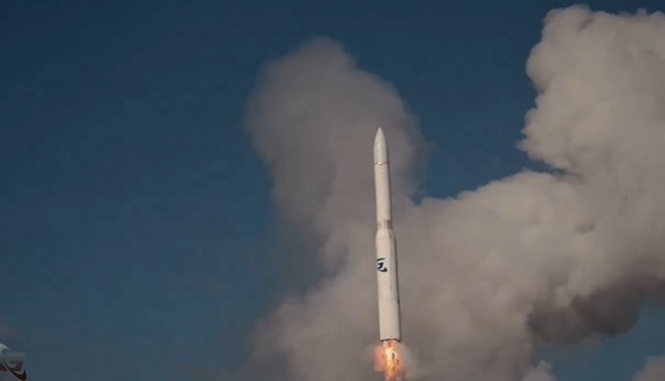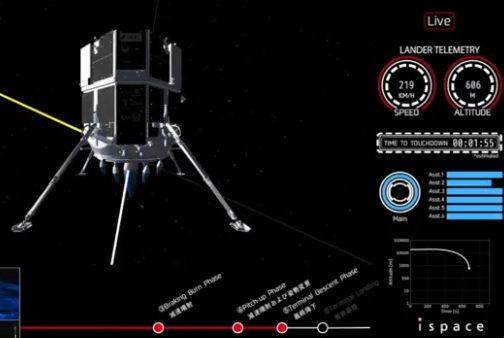The Arianespace-operated flight of a Russian-built Soyuz ST-B (Fregat MT) launch vehicle ended in embarrassing failure on 22 August 2014 after the launch vehicle deposited two EU/ESA Galileo navigation satellites into the wrong orbit. The lift off at 1227 GMT from the Sinnamary launch site near Kourou, French Guiana, appeared to go well. However, a failure was only apparent later when, after the second firing of the Fregat MT upper stage had taken place, the satellites were detected as being in the wrong orbit.
It is now believed that while Fregat MT upper stage fired correctly and with the correct amount of thrust, an orientation error during this second burn (thought to be due to a software error) left both Galileo FOC FM01 and Galileo FOC FM02 satellites in an incorrect orbit of 25,900 x 13,700km at an inclination of 49.7 degrees rather than the planned 23,500 x 23,500 km at 55.0 degrees inclination. While the spacecraft might be able to recover at least a major part of 10,000km difference in altitude for the perigee using their own on-board fuel (albeit with a major loss of lifespan), there is not thought to be enough fuel to correct for the inclination error as well. The result is that both satellites are effectively lost for normal operations – though they might yet be found a secondary role.
Neither satellite is believed to have been directly insured. The Galileo constellation, which is meant as a European equivalent to the US GPS navigation satellite constellation, has had a chequered start. While differing from the newer FOC (Full Operational Capability) Galileo satellites like those lost in Soyuz launch failure, three of the four test Galileo spacecraft previously launched are reported to be having signal power issues.
Comment by David Todd: For ESA and the EU which financed the Galileo project, and for Arianespace and NPO Lavochkin (the maker of the Fregat upper stage) the failure is a major blow. Unlike Western-built launch vehicles which tend to reach a “nirvana” state of zero launch failures after a period of early losses, even experienced Russian-built launch vehicles and upper stages are noted for having stable but never improving failure rates. Critics cite the cause of this as problems with quality control at Russian space manufacturing plants.
The failure was also a perfect illustration of the perils of premature congratulation. Both the European Space Agency and Arianespace released initial statements announcing a successful launch before the orbital parameters were examined. Even days after the failure, Arianespace still had a statement on its website referring to the launch saying “mission accomplished”. The Russians have at least got wise to the perils of prematurely announcing a launch success since being caught out doing it a couple of times themselves, most notably in 1998 when a Zenit 2 crashed back to Earth carrying 12 Globalstar satellites. Those satellites were announced as operating in orbit when they were actually in pieces back on Earth.






